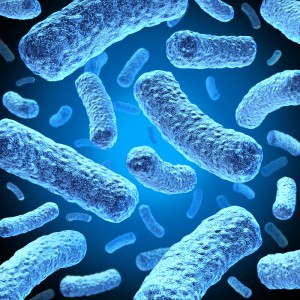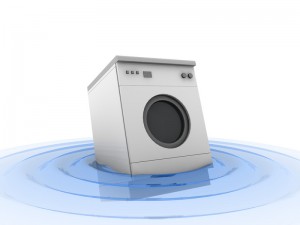It is a universal laundry conundrum. Domesticated dudes and divas in towns near and far collectively sigh “Wherever do socks in the laundry go?”
Conspiracy theorists will be quickly convince you that aliens, gremlins or blue fairies are behind the mysterious disappearance of your dapper argyle socks. These are the same mercurial creatures that also collect pen tops and hide the remote.
But, if you are searching for a more scientific explanation about missing socks… read further.
Reasons for Missing Socks in The Laundry
Missing socks in the laundry sometimes end up getting caught in the washing machines agitator. Small socks, such as baby clothing, can also be suctioned into the washing machine drain tubes.
Often the most probable cause of MIA socks in the laundry is static electricity generated during the drying cycle. Socks, seemingly lost, are often reunited with their mate once the laundry is folded or worn. With mischievous delights socks have a knack for hiding in the sleeve-hole or leg-hole of other laundered clothing.
But pondering where socks go is not just mindless fun, it has actually birthed a sophisticated scientific theory. Well, kinda of. The Lost Sock Fallacy postulated by Dr. Lucas Emil, showed statistically that people actually find more socks than they lose. Yet, Dr. Emil found that psychologically people generally perceive an unmatched sock in the washer as a loss from the present batch of laundry vs. a gain from a prior batch of washing.
Stop Sock Loss
At Safe Laundry Tips we believe that laundry should be fun! Safety and efficiency are a huge part of making your laundry days more enjoyable. We don’t want our readers to be saddened or frustrated by lost socks in the laundry. And, besides boarding alien space craft in search of missing gym socks can be dangerous.
We have a more effective Safe Laundry Tip to share: use Sock Locks. With Sock Locks
you can stop searching for lost socks today! Save valuable time and money with the help of Sock Locks.
Sock locks are a great way to keep your socks organized in both your washer and dryer. Not only will you not lose socks, but you won’t waste time trying searching for matching socks when folding your laundry.
Sock Locks will make you famous, sexy and rich. Okay, that is a total exaggeration. It would be true, however, to state that Sock Locks will save you from the tedium and time-loss of matching socks when doing laundry chores. Devote that valuable time to other dreamy endeavors. There is also truth that this little gadget could save you money — as you will no longer need to replace singleton socks for a proper matching set. Extra bank is always good.
We love Sock Locks so much that we are giving them away in hopes of creating good laundry karma!! To enter: Simply follow us on twitter and then tell us with a tweet where YOU think lost socks in the laundry go.
Five individual winners will randomly be chosen to win one of five eligible individual packages of Sock Locks. Contest is open only to US residents. One entry only. Prizes not claimed within a week of announcement of prize eligibility will be forfeited. Contest begins February 5th, 2013 and ends February 26, 2013 at 12:00 AM ET.
Good luck!













